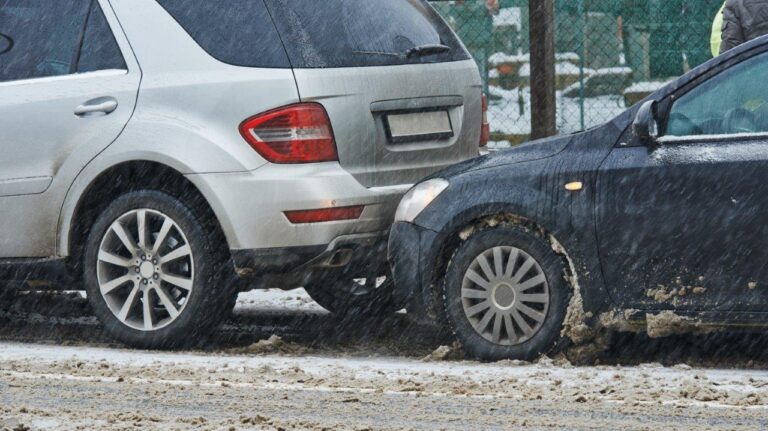One in five fatal and serious collisions could be prevented with the introduction of automated vehicles, according to new research carried out by independent transport and mobility research organisation TRL.
The study, which considered a scenario with conventional and autonomous vehicles coexisting, revealed that 22% of collisions could be avoided if one of the vehicles was replaced by a Level 4 automated vehicle.
Analysis also suggested a 10% reduction in collisions at junctions; a 10% drop in collisions involving vulnerable road users and 12% fewer single vehicle run off road collisions.
The report states that by 2040, up to 650 fatal and serious injury collisions could be prevented annually due to the introduction of autonomous vehicles. This is based on between 8-19% of the total car fleet being autonomous.
The study developed and applied a methodology that can be used to investigate the potential effect of the introduction of automated vehicles on the future collision scene.
This methodology was applied to a limited scope of collisions; one and two vehicle collisions involving at least one car that resulted in a fatal or serious injury.
According to TRL, while the methodology provides insight into the possible impact of automated vehicles on collision scenarios, there is currently a lack of publicly available aggregated data about the introduction of automated technology into the vehicle fleet and its behaviour in near misses and collision scenarios.
Richard Cuerden, director of the TRL Academy, said: “Our analysis suggests the introduction of automated vehicles to our roads is likely to bring the biggest change in road safety since the introduction of the seatbelt. However, more data is needed to build a more in-depth and robust view of future collisions and opportunities for improving occupant protection.
“Whilst individual companies are collecting data relating to the performance of their technology in collisions and near misses, what we need is for OEMs and technology providers to come together to help develop an aggregate data set to provide a better picture of uptake of automated vehicles within the vehicle fleet and collision rates of automated vehicles.
“It is also essential to ensure the right high-tech expertise is in place to investigate collisions that involve automated vehicle technologies so that lessons can be learnt as quickly as possible to determine how improvements can be made in the future.”
The full report can be downloaded, here: Automated Driving Systems: Understanding Future Collision Patterns.





